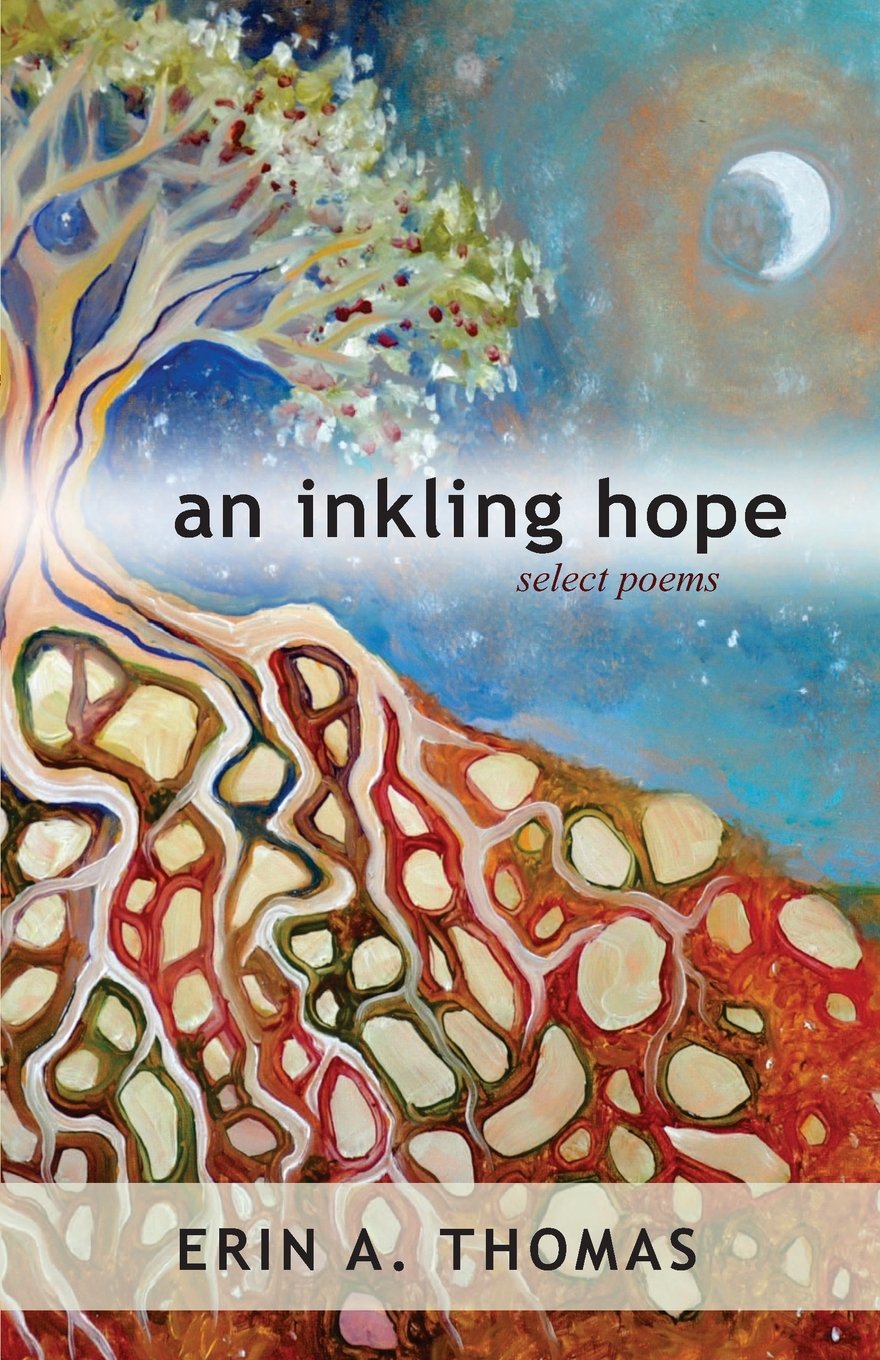Gitche Manitou
Before the first breath stretched my lungs,
I felt throughout my entity a
resonance that filled the mind with
song as soft as morning drizzle.
Light touched my gaze with stained glass colors,
a struggle to understand amorphous
shapes that drifted like clouds and vanished
amid this song that grazed awareness.
Slowly, shapes became still and acquired
purpose and meaning—a name for each;
even the curious shape that stared back from
every silver reflection was named.
Seasons passed; the sidewalk laurels
cast their sundial shadows across long
years, expanding and shrinking with time as
understanding grew with the bones.
One day I began to seek the source of
this subtle song that brushed my skin like
static electric potentials—a nameless
song that moved like a wind from nowhere.
Though I could hear like waters rumpling
in darkness this abstract song, the stream
itself could not be found, nor the place
from whence its waters issued forth.
And thus it went as my long walk began,
I followed this ubiquitous sound without so
much as a clue from whence it came
and found only earth, the sky, and the stars.
For everywhere the song was heard;
where neon, steel and concrete rise up
from desperate shadows it was heard, and
where tempest waves besiege dark cliffs.
Where gray stone monuments stand silent
guard in fields of grass it echoed
like a dirge, and where rotting sideboard
peeled away from homes abandoned.
Where old growth sugar pines sway tall in
coastal alpine vales it shimmered, and
where winds etch patterns in swaying stands of
maize as far as the eye can see.
Where granite peaks protrude through clouds
it whispered ever so softly, and where
the sagebrush dream in the quiet light of
a half moon drifting in opal darkness.
For years I listened, searching on,
this strange and subtle song reechoed
always through my thoughts, yet never
nearing once its secret spring.
And so this dreamlike quest for insight
slowly waned for lack of headway
until more practical concerns
took hold, demanding all attention.
For in a world where everyone’s an
expert and none admit to knowing
nothing on any subject broached,
I learned no clues about this song.
No clues, but yet I hear it still,
all around—in everything from
stones within the riverbed to
red bricks mortared in the wall.
The song lifts up from dragonflies,
June bugs strong upon the air,
houseflies on the windowsill, and
silver moths that circle streetlamps.
It burgeons forth from hardy black oaks,
aspens shimmering through the air,
blue spruce towering near the ridgetop,
and alders lurking by the stream.
It emanates from grand paulownias,
little cloud-like stands of yarrow,
trillium gleaming in the forest,
and roses rioting by the fence.
It even wells from manmade things,
the favorite coffee cup, the car,
the painting in the living room,
the lamp, the nightstand, and the bed.
All things sing their beingness
amid the beingness of all,
yet no thing gives away the place from
whence the songs of all things rise.
The song remains a mystery,
an all pervasive mystery
that resonates a sentience,
a presence, and an intellect.
And as the years advance I learn
to just accept it as it is; for
this song that manifests us all
is that great mystery within.

